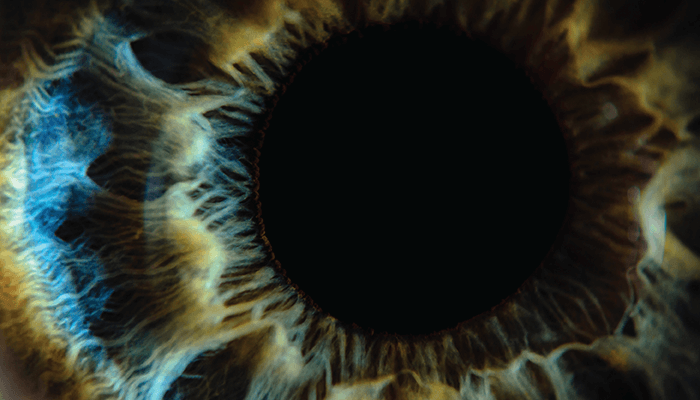
Arterial answers. Looking to identify the incidence of clinically diagnosed retinal artery occlusion (RAO) and the corresponding mortality and cause of death compared with the general population of Korea, researchers performed a cohort study based on claims data from 2002–2018 (1). They found that the incidence of RAO was 7.38 per 100,000 person-years, with mortality being significantly higher within this patient group, most commonly due to cardiovascular or cerebrovascular disease – an association that needs to be further investigated.
Early signs. Researchers conducted a retrospective study evaluating the long-term visual outcomes in children with regressed retinopathy of prematurity (ROP). Specifically, they explored the correlations between visual acuity and clinical variables, identifying that, in children with regressed ROP, macular dragging, small gestational age, low birth weight, large spherical equivalent, myopia, astigmatism, and anisometropia could be predictors of poor visual outcomes at early ages (2).
AREDS QOL. What is the health related quality of life (HRQOL) impact of major age-related eye diseases (AREDs), including cataract, glaucoma, age related macular degeneration (AMD), and diabetic retinopathy (DR)? To answer this question, researchers completed a literature review for studies including the EuroQoL Five-Dimensional Questionnaire (3). AMD, DR, and glaucoma patients had a reduced health utility score and all ARED patients reported more problems performing normal activities and more anxiety/depression than the control group.
Family see-tree. The first report of a patient with variants in two cataract-related genes has been published in the European Journal of Ophthalmology (4). After a five-month-old boy with poor vision and enophthalmos was referred to the West China Hospital, the researchers used whole exome sequencing, detecting digenic heterozygous variants by screening his mother who had nuclear cataract, microcornea and nystagmus, and his father who showed bilateral membranous cataract, microphthalmia, sclerocornea, glaucoma, and nystagmus.
Prediction power. How close is the predicted vault generated by machine learning of AS-OCT metrics following implantable collamer lens (ICL) to the actual vault when quantitatively measured? Researchers put the two to the test in a study that included 561 eyes from 300 consecutive Caucasian patients (5). They identified that machine learning of AS-OCT metrics displayed excellent predictability of ICL vault and size, which was significantly higher than the accuracy of the online manufacturer’s nomogram.
In Other News…
Going viral. Morphologically normal donor corneas may be PCR-positive for herpes viruses, meaning that patients receiving herpes-positive corneal grafts may be at risk for herpetic eye disease (6).
Biomechanical soft-spot. Researchers identify that corneas from keratoconus patients were significantly softer compared with healthy corneas of matched thickness (7).
Calculation clash. In eyes of people treated with triple Descemet membrane endothelial keratoplasty (DMEK), the prediction accuracy of keratometry was higher than that of total keratometry (8).
Surgical satisfaction. Implantation of single-piece trifocal intraocular lens (AcrySof IQ PanOptix multifocal IOL) in Chinese patients resulted in satisfactory visual outcomes and quality of vision and life (9).
Double cross. Repeated epithelial off-crosslinking (CXL) is safe and effective treatment option after failure of the initial CXL for keratoconus – even in young patients (10).
References
- DD Hwang et al., JAMA Netw Open, 6, e233068 (2023). PMID: 36897587.
- SH Park et al., Sci Rep, 13, 4066 (2023). PMID: 36906702.
- J Kai et al., Graefes Arch Clin Exp Ophthalmol, [Online ahead of print] (2023). PMID: 36917317.
- L Zhou et al., Eur J Ophthalmol, [Online ahead of print] (2023). PMID: 36916241.
- A Russo et al., J Cataract Refract Surg, [Online ahead of print] (2023). PMID: 36913536.
- EN Nche et al., Cornea, 42, 412 (2023). PMID: 36859790.
- M Sedaght et al., J Cataract Refract Surg, 49, 234 (2023). PMID: 36449663.
- A Khan et al., J Cataract Refract Surg, 49, 239 (2023). PMID: 36804866.
- JSM Chang et al., J Cataract Refract Surg, 49, 246 (2023). PMID: 36730641.
- OV Berar et al., Cornea, 42, 423 (2023). PMID: 36455071.
